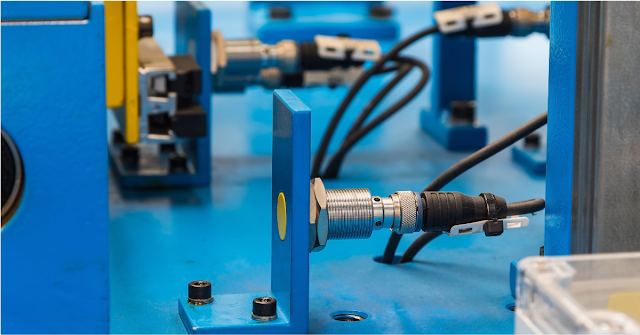
In industrial automation and control systems, proximity sensors and limit switches are widely used for object detection. While they serve similar purposes, their working principles, design, and ideal applications are quite different. Let’s dive into the comparison to help you choose the right solution for your project.
What is a Proximity Sensor?
A proximity sensor detects the presence of an object without any physical contact. It uses electromagnetic fields (inductive, capacitive, ultrasonic, or photoelectric) to sense nearby targets. Proximity sensors are highly durable and ideal for high-speed and repetitive applications.
Common Applications:
-
Conveyor belt systems
-
Automated assembly lines
What is a Limit Switch?
A limit switch is an electromechanical device operated by physical contact with an object. When an object touches the actuator (plunger, lever, or roller), the switch changes its state, signaling the control system.
Common Applications:
-
Machine tool operations
-
Door interlocking systems
Which One Should You Choose?
-
Use a Proximity Sensor if you need fast, non-contact detection and longer service life.
-
Use a Limit Switch if physical contact is acceptable and cost-efficiency is a priority.
Both proximity sensors and limit switches are essential in automation, but selecting the right one depends on your specific application needs.






0 Comments